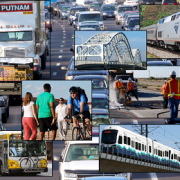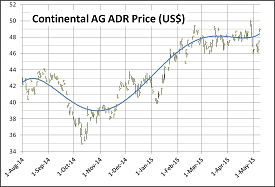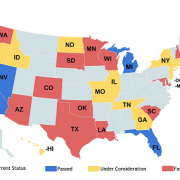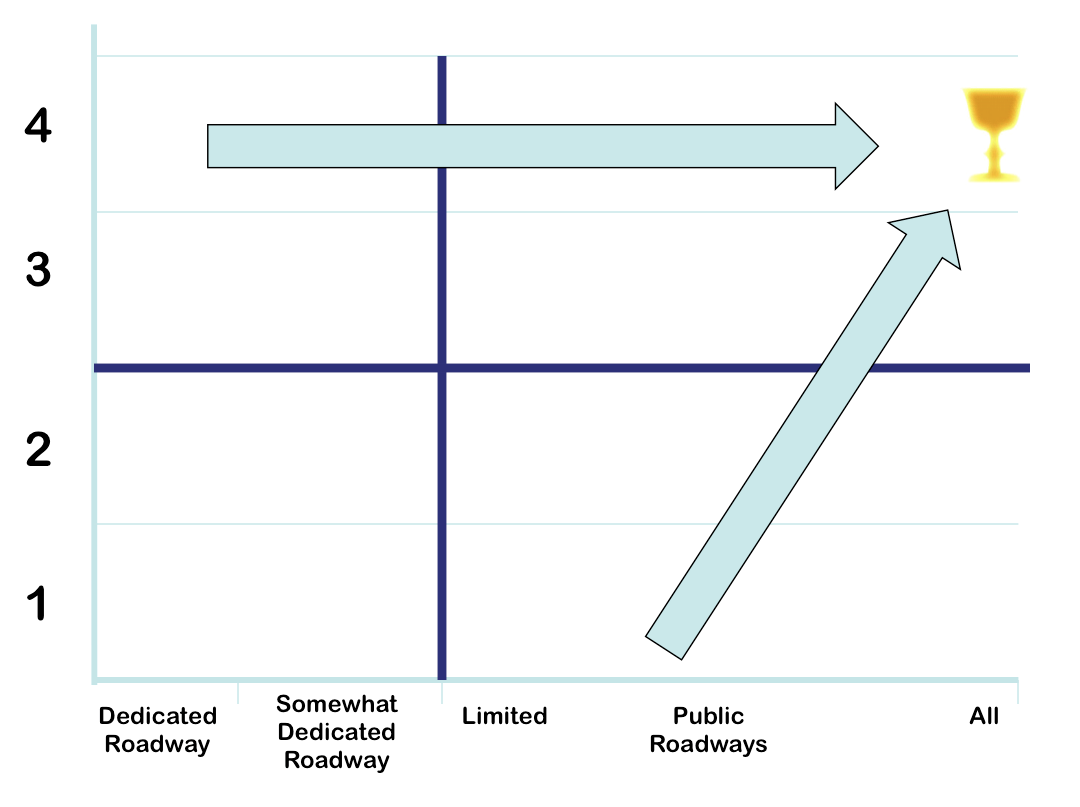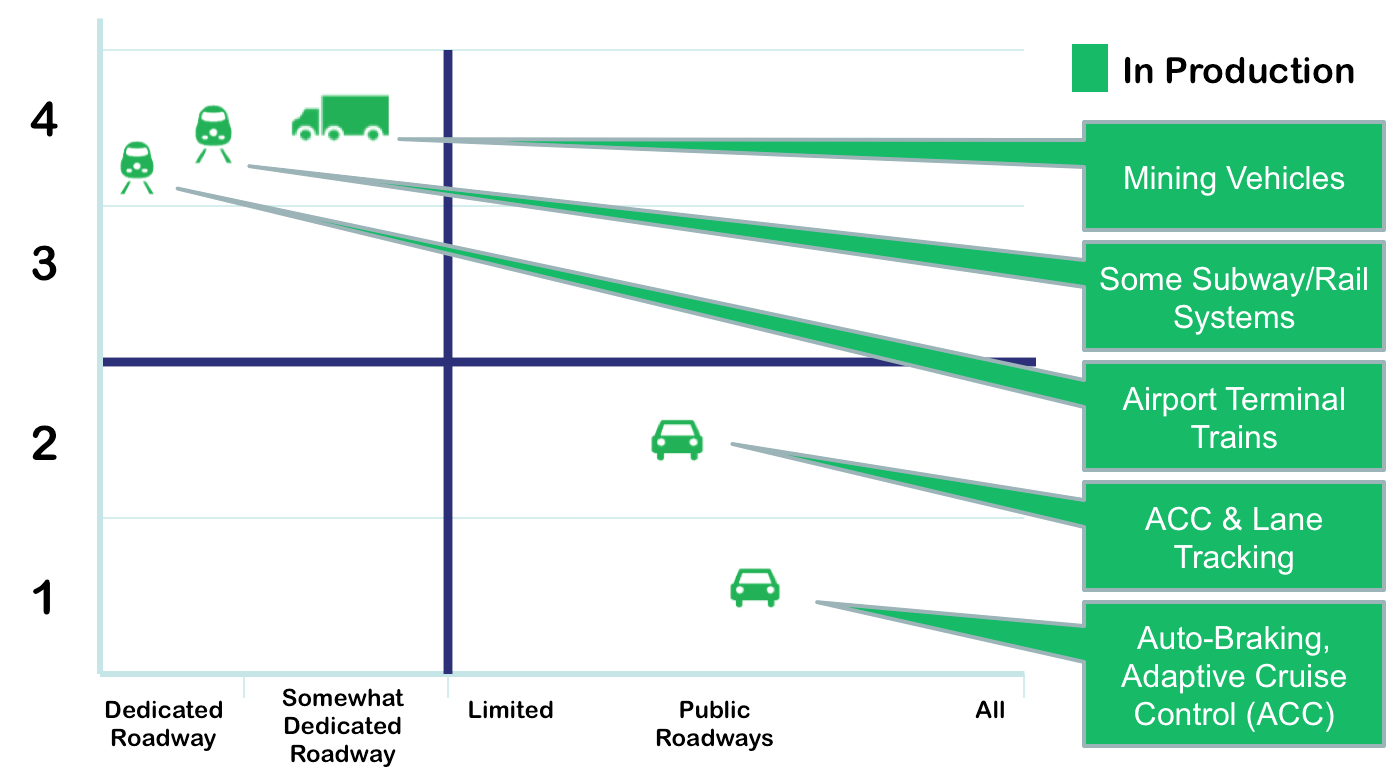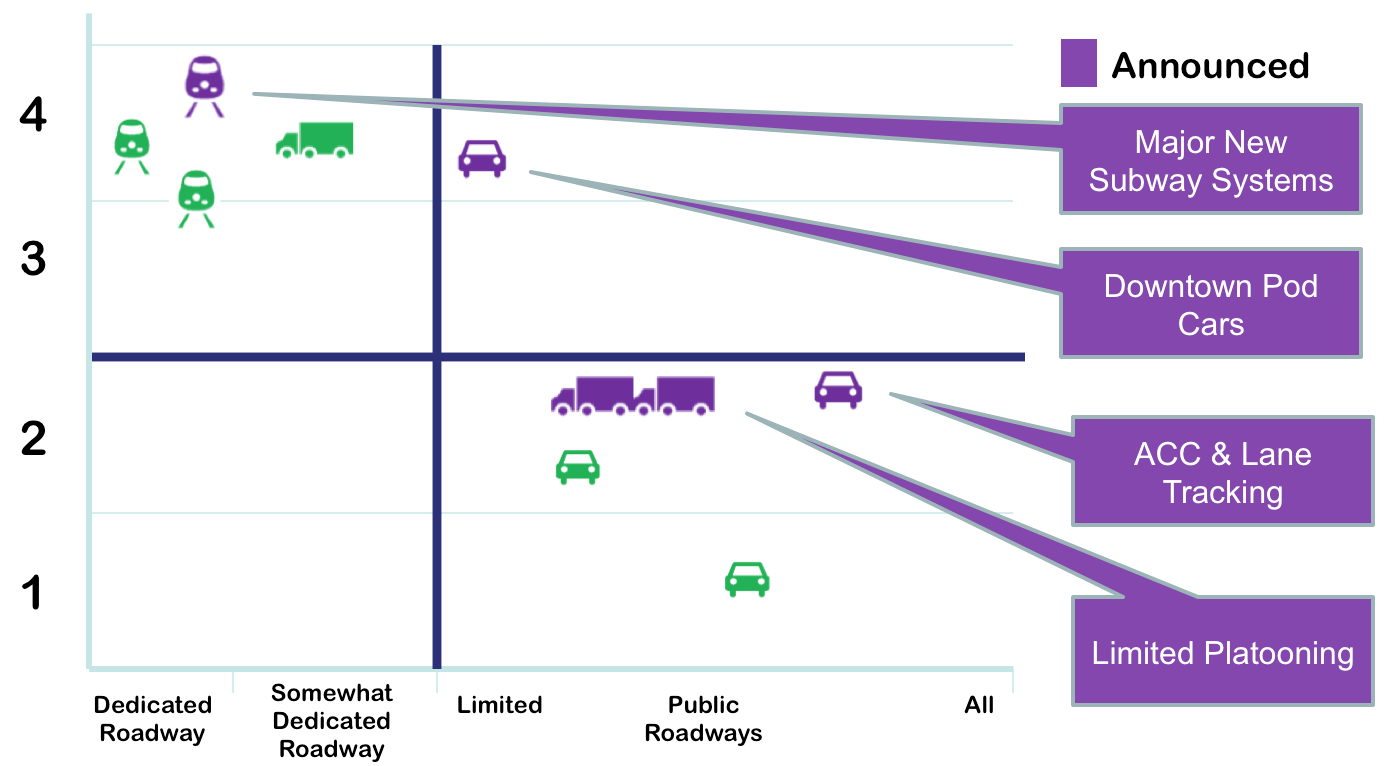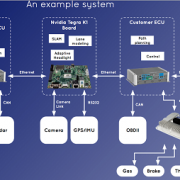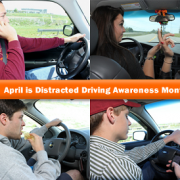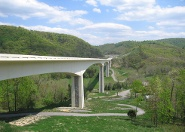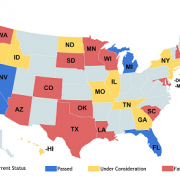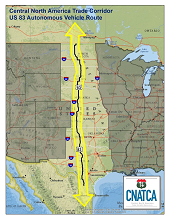Driverless Trans Part of DOT Budget Battle
Burney Simpson
Driverless transportation came to the fore last week as Congress considered President Obama’s 2016 budget request for the U.S. Department of Transportation. Proponents took the fight to voters, traveling out of Washington to convince the public to support the $95 billion proposal.
As part of that Obama asked Congress for $935 million over six years for the line item on autonomous driving technology called ‘Intelligent Transportation Systems & Automation Research Acceleration,’ (see pages 6 and 10 in this DOT Budget Highlights pdf).
DOT Secretary Anthony Foxx went to Silicon Valley last week, appearing at Delphi Labs in Mountain View, Calif., and arguing for his Beyond Traffic 2045 concept first launched in February.
Foxx pushed for greater road-related communication infrastructure, including requiring vehicle to vehicle (V2V) communication in all new cars. Foxx said he plans to send the rule request to federal regulators before the end of this year, speeding up the rule-making process from his previous plan.
The DOT’s National Highway Traffic Safety Administration is working with the Federal Communication Commission to test dedicated short-range communications (DSRC) standards in the 5.9GHz spectrum. The wireless protocols are used for V2V and vehicle to infrastructure (V2I) communications.
It’s not clear if driverless technology is a headline grabber that encourages voters to contact their elected officials to get behind the proposed budget. In the 1980s President Ronald Reagan drew widespread public backing for funding of his ‘Star Wars’ weapons shield in space that he said would protect America from nuclear rockets sent from the Soviet Union.
STATE INFRASTRUCTURE
Meanwhile, in Pennsylvania, construction unions joined with former Gov. Ed Rendell to publicize funding requests for transportation and infrastructure. The unions would like to raise the state gas tax to pay for the repair and construction of roads and bridges. Proponents say the gas tax was last increased in 1994.
Other states are raising their gas tax. Iowa implemented an increase in March, its first since 1984, and last week the Nebraska legislature overrode the governor’s veto to enact an increase that will start next year.
A recent article in the Harvard Business Review contends that giant transportation projects will only be completed if leaders build collaboration among a mix of supporters. In ‘Too Many Infrastructure Projects go it Alone’ author Rosabeth Moss Kanter writes,
“Systemic problems that affect everyone but are beyond the ability of any one person to solve require collaboration skills. To renew and reinvent our aging transportation infrastructure, we must turn our attention to coalition-building. Classic leadership lessons apply.
To create the conditions that support innovation, leaders need to build connections across companies, industries, and sectors.”
Kanter points to a number of successful collaborative projects including the 32-acre M City autonomous-vehicle test bed set to officially open this July in Ann Arbor, Mich. That project grew in part due to the coming together of major automakers, Google, the University of Michigan, the state DOT, and other interested parties, Kanter writes.

